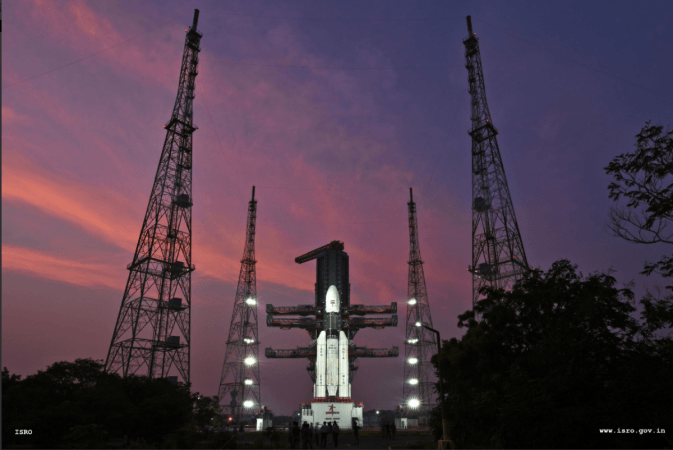
In yet another important milestone for the nation, the Indian Space Research Organization (ISRO) is all set to launch the GSAT-7A communication satellite on Wednesday, December 19.
The satellite will be carried by the Geosynchronous Satellite Launch Vehicle (GSLV Mk II) rocket, which is set to lift off from the second launch pad of the Satish Dhawan Space Centre SHAR, Sriharikota in Andhra Pradesh.
The space agency explained that the GSAT 7A would be injected into a geosynchronous transfer orbit about 19 minutes after lift off, after which it would be lifted to its final geostationary orbit, reported IANS.
ISRO had earlier explained that the GSAT has a maximum life of about nine years and will be specially helpful to the Indian Air Force. The satellite will help the IAF interlink their bases, ground radar stations and the AWACS aircraft. Not just that, this will also improve the force's global operations.
The satellite is also said to be a boost to the Indian Army in terms of communication capabilities.
The GSAT-7A is said to weigh about 2.2 tonnes and its cost has been pegged at about Rs 800 crore.The GSAT-7A will be similar to the GSAT-7, also called Rukmini, which ISRO launched for the Indian Navy in 2013. After the launch, Rukmini was able to network about 60 ships and 75 aircraft.
Speaking to the Times of India, ISRO chairman K Sivan also revealed that this would be the agency's last mission of 2018. "In January, there will be a PSLV launch and then communication satellite Gsat-31 will be launched from French Guiana that will replace INSAT 4CR, whose end of life is expected soon. And then we have the Chandrayaan-2 mission in January, whose launch window is from January 3 to February 13," Sivan told TOI.
Chandrayaan-2 is said to be one of the toughest and most important missions of ISRO. The spacecraft will be carried by heavy-payload lifter GSLV Mk II and will weigh about 3,290kg, which includes an orbiter, a rover and a lander to the moon.
The mission is said to be worth Rs 800 crore (about $123 million) and the satellite will spend 14 moon days on the surface, where it will carry out several tests. The rover will then send images and other information about the moon's surface back to the earth.

















